20+ SAMPLE Technical Report
-
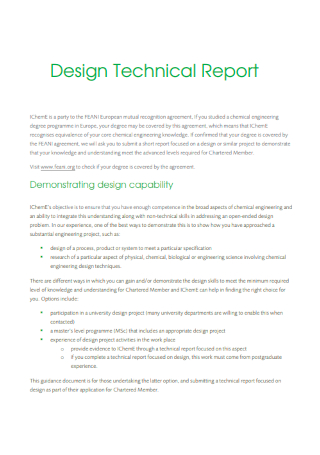
Design Technical Report
download now -
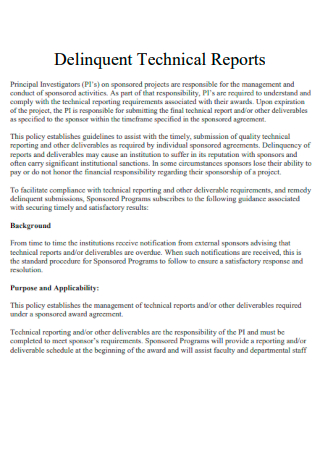
Delinquent Technical Reports
download now -
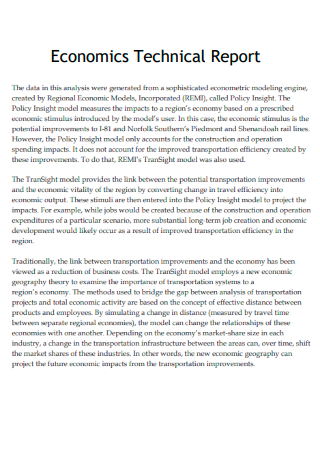
Economics Technical Report
download now -
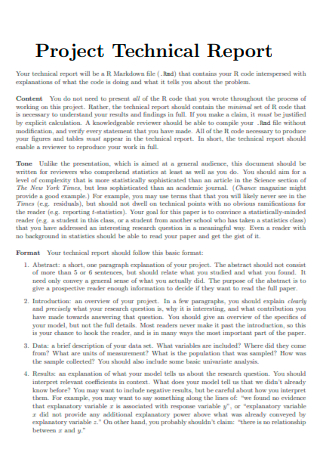
Project Technical Report
download now -
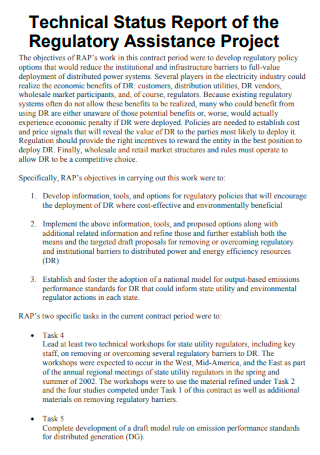
Technical Status Report of the Regulatory Assistance Project
download now -
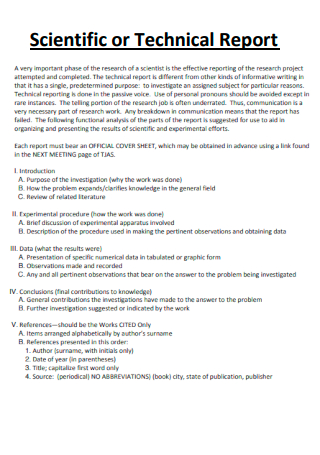
Scientific or Technical Report
download now -
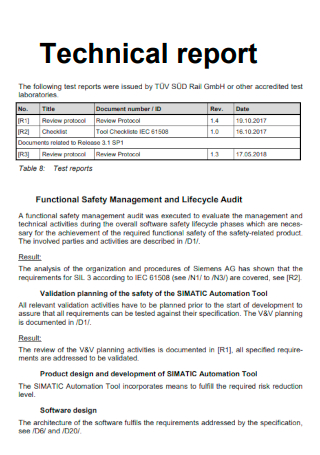
Sample Technical Report
download now -
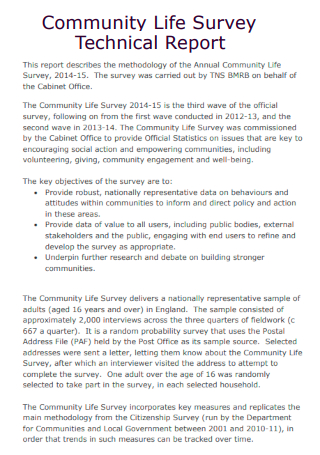
Community Life Survey Technical Report
download now -
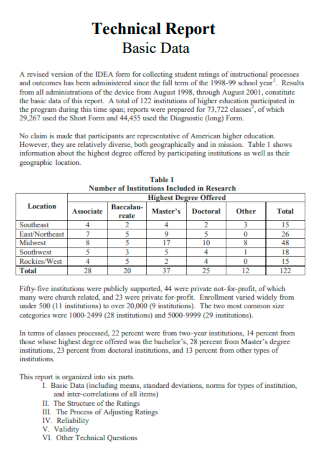
Technical Report Basic Report
download now -

Basic Technical Report
download now -
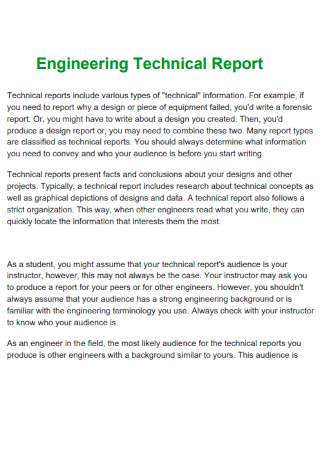
Engineering Technical Report
download now -
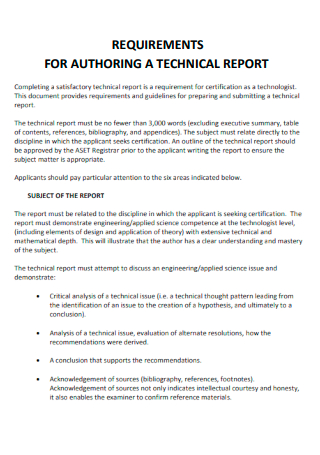
Requirements for Authoring a Technical Report
download now -

Short Technical Report
download now -
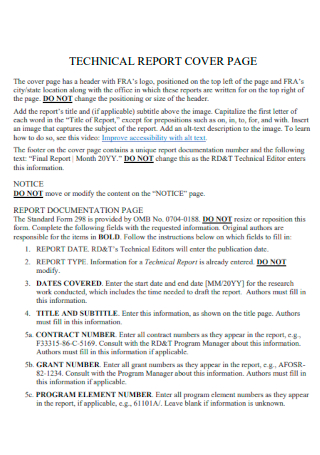
Technical Report Cover Page
download now -
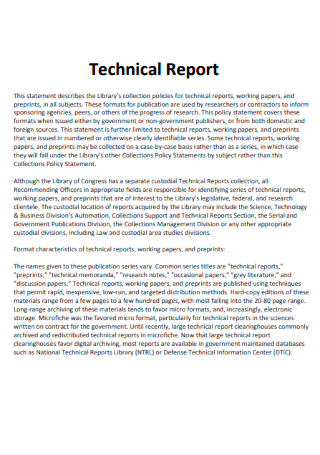
Formal Technical Report
download now -
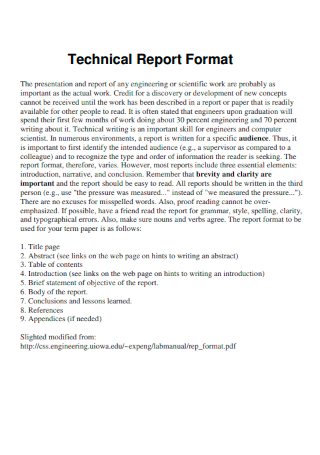
Technical Report Format
download now -
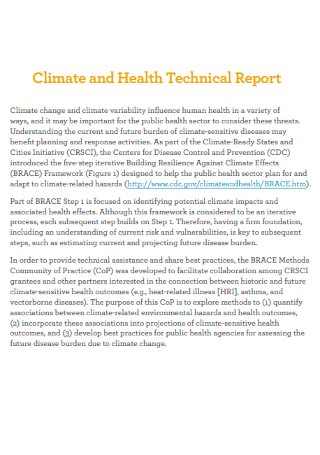
Climate and Health Technical Report
download now -
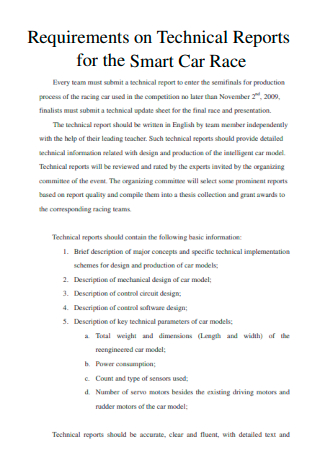
Requirements for Technical Reports for the Smart Car Race
download now -
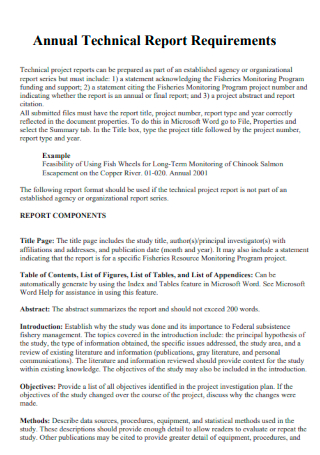
Annual Technical Report Requirements
download now -
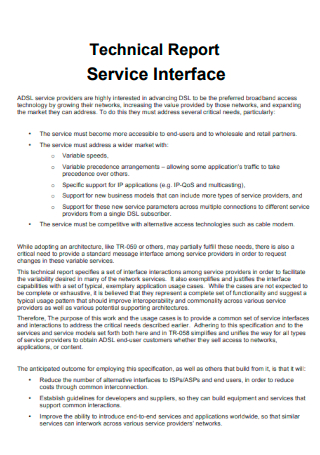
Technical Report Service Interface
download now -
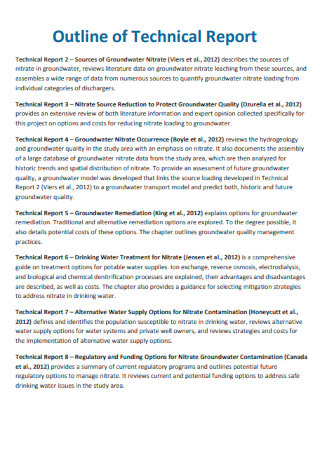
Outline of Technical Report
download now
FREE Technical Report s to Download
20+ SAMPLE Technical Report
What Is a Technical Report?
Components of a Technical Report
How To Write a Technical Report
What are the three main parts of a technical report?
What is the purpose of writing a technical report?
What are the different types of technical reports?
What Is a Technical Report?
A technical report is a written and scientific report that communicates information about technical research in a traditional, objective, and fact-based manner. A technical report consists of three principal features of research, including the process, progress, and results associated with the study. Some common areas in which technical reports are prevalent are in industries like agriculture, engineering, and physical and biomedical science. As such, intricate and complex information in a technical report must be easily readable, understandable, and efficient. Technical reports are a product of thorough and factual research. As such, it is necessary to keep in mind the audience or readers that will be reading the report. Identify whether the target audience is professors, industry experts, professionals, or customers whom the organization is selling its services or products. Aside from the target audience, structure the report according to the comprehension and knowledge of the reader about the particular topic, aligning the content and length to its intended audience. Writing a formal technical report must be complete, concise, and well-organized, referring to the performed work and the obtained results.
According to the information from the Library of Congress, the library houses over five million hardcopies, microform, or digital media that are in the Technical Reports and Standards Unit (TRS) of the Science, Technology, and Business Division.
Components of a Technical Report
In terms of writing a technical report, the document must have organization. It must consist of different sections that the format is very significant in a technical report. It fosters uniqueness from other reports as it contains technical information that requires thorough planning and analysis. The organization must understand the structure of a technical report to achieve its objective. The section below covers the different sections of a technical report, along with explanations and descriptions of each component.
How To Write a Technical Report
A good technical report is easy to recognize. A good technical report is a document that an author produces for its readers. The report must also be concise, containing organized information, and incorporate accurate references. There must also be clear and accurate writing with accurately-placed diagrams with descriptions. There are different topics that the author can choose when writing a technical report. The section below helps the authors write a comprehensive and organized report for the institution.
-
1. Identify the Approach that You Will Use
When writing the technical report, the author chooses two different approaches depending on the requirements of an organization or institution. In the top-down approach, the author structures the report from the title, and subsections, down to the conclusion. It allows the author to have a transparent thought process when writing the report. In the evolutionary delivery approach, the author decides when to write as the work progress. It provides authors with a broader horizon, adding certain parts when new idea and inspiration comes.
-
2. Work through a Defined Structure for the Report
The report must have a clear and defined structure. By creating a convenient and easy-to-read structure, readers and audiences can easily navigate and access the different parts of the technical report. It must also clearly describe the objective of writing the document. As such, refer to the previous section of the article to identify the different parts of a technical report.
-
3. Identify the Writing Style You Need To Implement
There are different things to keep in mind when writing a technical report, especially when it comes to the writing styles that the author follows. Avoid using informal language. Make sure to check for grammatical and spelling errors when writing. Write from a third-person perspective when constructing the technical report. Authors must also have an understanding of when to use numbered and bulleted lists. Numbering is best for explaining sequences, while bulleted lists are for listing out different points.
-
4. Take the Time to Proofread the Entire Document
The work does not end even when the author completes writing the technical report. Proofreading is an essential part of the writing process. Through proofreading, the author sees their work through the eyes of the target audience, correcting mistakes and errors they commit moving forward. The author must check everything from the context, writing styles, and layout of the report.
-
5. Prepare for the Presentation of the Technical Report
When submitting the report to an evaluator or institution, the author must make sure that they follow the requirements. Make sure that the margins are equal throughout the report. Take note of the fonts, paper, and presentation materials that the evaluator requires upon submission.
What are the three main parts of a technical report?
The three primary components of a technical report include the introduction, the body of the report, and the summary, conclusions, and recommendations.
What is the purpose of writing a technical report?
The purpose of developing a technical report is to clearly and comprehensively describe technical work, the reason for processing the work, the obtained results, and the significance of the results for a particular field.
What are the different types of technical reports?
Technical reports come in different shapes and sizes that varying industries use. Technical reports are in the form of medical and scientific papers, user manuals and assistance guides, guides from technical writers, assembly manuals, and technical documents and reviews.
Technical reports are essential in different industries and societies to ensure that audiences and readers can read the written document to have an idea of the technical work, the procedure to perform the work, the results, and the significance of these results. When writing a technical report, the author must understand the requirements and put in the effort to create an easy-to-read yet comprehensive document for their audience. For an author to create a well-written technical report, they must be aware of the different components that make up the report. Start creating a technical report to provide audiences with a better understanding of technical work. Download from Sample Technical Report – 20+ IN PDF from the article above, only from Sample.net.
